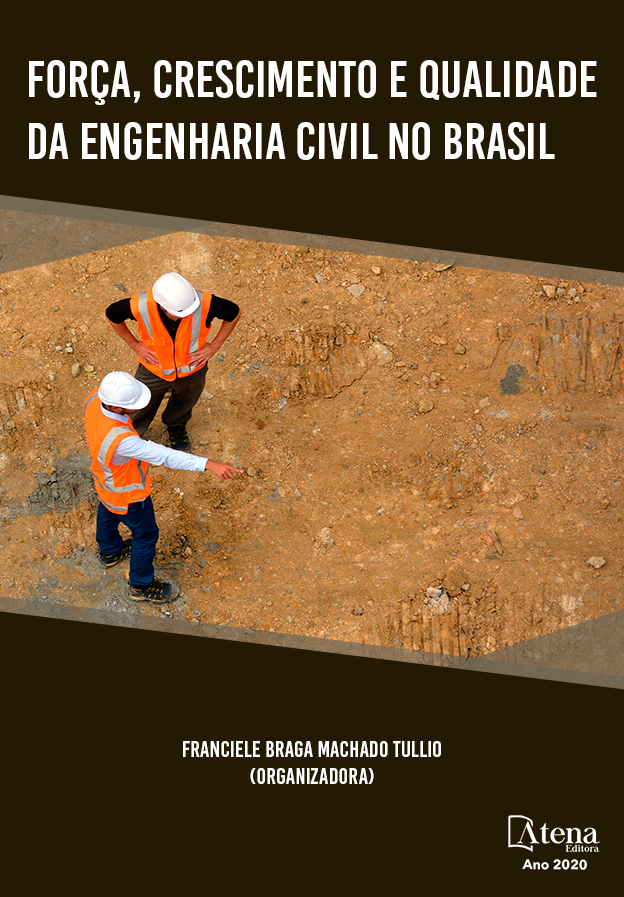
QUANTIFICAÇÃO DE ENTULHO CLASSE A E C DESTINADO A ÁREA DE RCCD DE GURUPI-TO
O setor da construção civil tem avançado na adoção de medidas mais sustentáveis nos empreendimentos, buscando atendimento aos requisitos da sustentabilidade e certificação. A elevada quantidade de entulhos gerados nos empreendimentos deste setor constitui um dos grandes problemas, por outro lado, tem-se alternativas para o aproveitamento deste componente dos Resíduos da Construção Civil e Demolição (RCCD). O objetivo do estudo foi levantar o volume de entulhos gerados em Gurupi-TO, destacando potenciais para o processamento e aplicações no próprio setor da construção civil. Foram realizadas análises quantitativas e qualitativas do entulho tipo A e do resíduo classe C (gesso) descartados no local específico para tal finalidade, definido pelo poder público local. Verificou-se a predominância de 89% dos resíduos de Classe A (tijolos e telhas) e 11% da Classe C (gesso). O estudo possibilitou visualizar a importância de adotar medidas que buscam reduzir as perdas em obras, o conceito de obra limpa torna-se alinhado para redução de entulhos nas áreas de RCCD. A criação de materiais decorrentes do reaproveitamento desse entulho, deve ser cada vez mais recorrente, com suporte de políticas públicas que buscam incentivar essas práticas.
QUANTIFICAÇÃO DE ENTULHO CLASSE A E C DESTINADO A ÁREA DE RCCD DE GURUPI-TO
-
DOI: 10.22533/at.ed.87320210913
-
Palavras-chave: Resíduos Sólidos, Sustentabilidade, Construção civil, Interdisciplinar
-
Keywords: Solid Waste, Sustainability, Civil Construction, interdisciplinary
-
Abstract:
The civil construction sector has advanced in adopting more sustainable measures in enterprises, seeking to meet the requirements of sustainability and certification. The high amount of debris generated in the ventures of this sector is one of the major problems, on the other hand, there are alternatives for the use of this component of Civil Construction and Demolition Waste (RCCD). The objective of the study was to raise the volume of debris generated in Gurupi-TO, highlighting potentials for processing and applications in the civil construction sector itself. Quantitative and qualitative analyses were carried out from on-site visits for the disposal of this material. In the comparative data between two classes, the predominance of 89% of Class A waste (bricks and tiles) and Class C (gypsum) with 11% of the amount researched stands out. The study made it possible to visualize the importance of adopting measures that seek to reduce losses in works, the concept of clean works becomes aligned to reduce debris in the RCCD areas. The creation of materials resulting from the reuse of this rubble should be increasingly recurrent, supported by public policies that seek to encourage these practices.
-
Número de páginas: 9
- Bárbara Gomes Ferreira
- Nelita Gonçalves Faria de Bessa


